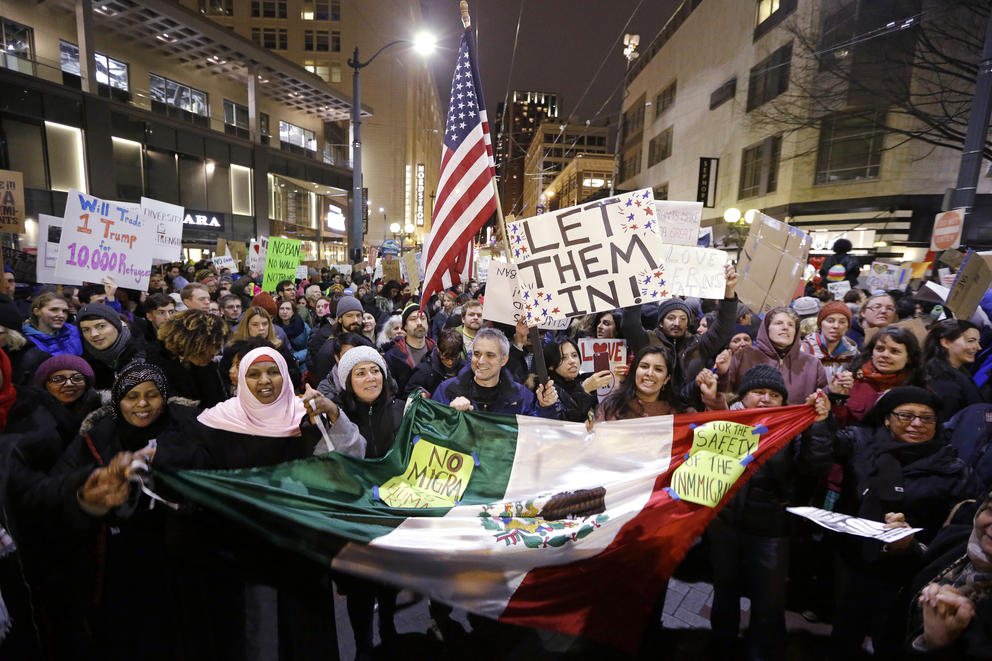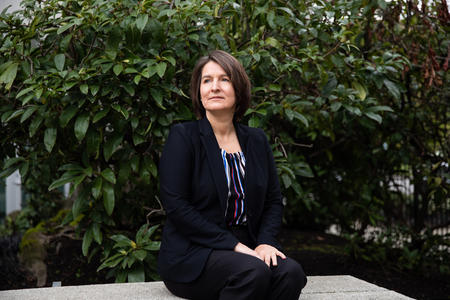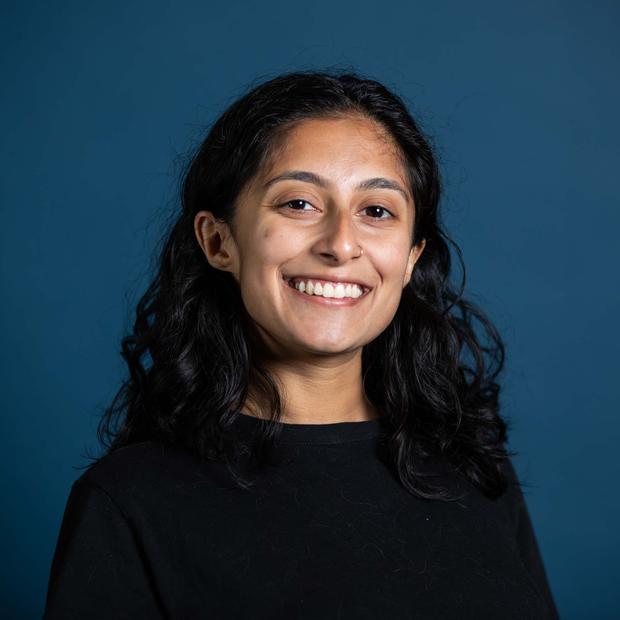Washington opened its doors to those displaced after conflict erupted in Kabul last August and made the commitment once again to Ukrainians fleeing Russia’s invasion, which began in late February.
The Evergreen State may seem like an odd destination for arrivals: nestled in the northwest corner of the United States, far from historic immigration entry points in New York and San Francisco. Yet Washington ranked among the top states for initial resettlement of refugees in fiscal year 2019, alongside Texas, California and New York. (Refugee arrivals and admissions caps are tallied in fiscal years.) The new arrivals are only the latest additions in Washington, which has seen refugee resettlement evolve as people from across the world, including Eritrea, Iraq and Somalia, arrived in recent years.
Ukraine and Afghanistan were the top countries of origin for refugees who arrived in Washington from 2016 to 2020 (numbers may vary, depending on how an agency defines “refugee”).
Yet displaced people have set down roots and built communities across Washington for years 一 “even when other states tried to turn them away,” Gov. Jay Inslee’s office wrote in a statement published in Medium in late April.
A history of refugees
Many look to the Vietnam War as a defining moment for resettlement in Washington, when then-Gov. Dan Evans opened the state’s doors to 500 Vietnamese refugees in 1975. Thousands of others affected by the war eventually made their way to Washington, which continues to receive displaced people from around the world today.
In 2010, for example, more than 800 refugees from Myanmar and nearly 600 from Iraq arrived in Washington, according to data from the federal Refugee Processing Center. The state also saw an influx of more than 500 refugees from Bhutan, over 200 from Somalia and more than 150 from Eritrea in that window of time.
Since then, the arrival of different refugee communities in Washington has fluctuated. The number of people from Iraq, for example, dipped and spiked over the years, including a low of four in 2018 and a peak of 712 in 2014. By the end of 2021, nearly 4,000 refugees from the country, as well as thousands more from Myanmar and Somalia, arrived in the state.
Other refugee communities have come to Washington in the past few years, including those from the Democratic Republic of the Congo, Iran, Syria, Moldova, Ethiopia and Russia.
Part of the reason people land in Washington may boil down to the number of resettlement agencies represented in Washington state, said Liz Nelson, the outreach manager of World Relief. Nelson, whose organization helps resettle refugees coming into the state, also noted refugees are unlikely to have a say in where they land, unless they have a local tie.
The strength of Washington’s economy may also make it well-suited to welcome refugees, said Cordelia Revells of Jewish Family Service.
“Very soon after arrival, refugees need to be financially self-sufficient,” said Revells, director of refugee and immigrant services at the agency. “So obviously having access to jobs is key to that.”
Washington’s shifting numbers
Washington’s history of accepting refugees conflicted with the U.S. government’s approach in recent years.
“Resettlement agencies see shifts in the communities we’re receiving based on what is happening overseas,” Revells said. “But it also can depend on the administration at the time. So, for instance, under [former President Donald Trump’s] administration, we were not seeing many refugees coming from Muslim-majority countries.”
At the beginning of 2017, Trump issued an executive order that put a 90-day ban on anyone coming in from Iran, Iraq, Libya, Somalia, Sudan, Syria or Yemen. The order drew swift criticism, including in Washington state, which was the first to file a lawsuit against the order. The travel decree went through different iterations, including one in March 2017, when Iraq was removed from the list.
“My message to President Trump is — not so fast,” Washington Attorney General Bob Ferguson said in a statement at the time. “After spending more than a month to fix a broken order that he rushed out the door, the President’s new order reinstates several of the same provisions and has the same illegal motivations as the original.”
Trump’s 2016 presidential campaign partly rode on the promise to restrict immigration. He followed through early in his term when he slashed the cap on refugee admissions to 45,000 in 2018, a considerably low ceiling and dramatic reversal from former President Barack Obama’s 110,000 cap in 2017.
Trump continued to drop the refugee ceiling in the following years, setting a historic low when he limited admissions to 15,000 people for 2021.
Federal immigration policies combined with the COVID-19 pandemic changed the dynamic of arrivals, according to Nelson of World Relief.
“That meant that a lot of countries where we would normally be seeing people arriving through the refugee resettlement program, they just weren’t eligible to come to the United States under any program or visa,” she said.
The federal government’s approach to refugees shifted after the 2020 election, which ushered in a new administration under President Joe Biden, who more than quadrupled the admissions cap to allow 62,500 arrivals for 2021.
Biden increased the cap again for the 2022, doubling it to 125,000.
Where refugees are today
A large number of refugees are concentrated in the most populous part of the state.
About half of Washington’s refugees resettled in King County, according to a 2021 report from the state Department of Social and Health Services. Refugees also tended to land in Clark (11%), Pierce (10%), Snohomish (9%), Spokane (7%) and Benton-Franklin (3%) counties.
Nelson’s branch of World Relief focuses on Western Washington, with offices in King and Whatcom counties. When it comes to picking a place to resettle people, the organization seeks out one feature in particular: the availability of affordable housing. As a result, these individuals tend to be placed in cities like Federal Way, Des Moines, Everett and Lynnwood.
Refugees can also benefit in environments where their neighbor’s backgrounds mirror their own.
“There’s obviously numerous advantages for a new family coming in to be placed in a neighborhood and a community where they will find other families who speak that same language,” said Revells of Jewish Family Service. “Who understand their traditions. Who can help them with the process in addition to what the resettlement agency can do.”







